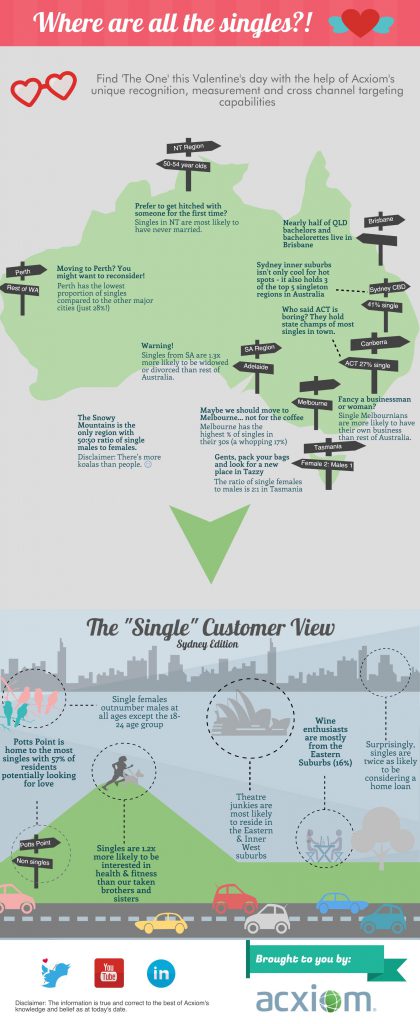Back in 2007 when Drew McLellan and I got together with 100 other marketers from around the world to create the first edition of The Age of Conversation, we did so with a particular plan in mind. Social media was in its early stages and we weren’t yet clear about how it would play out. Where the value lay. Or how to bring it into a framework for business. On the back cover of the first edition I wrote:
If ideas are the currency of our times then this is, undoubtedly, the Age of Conversation, for without the art of dialog, the cut and thrust of debate and discussion, then the economy of ideas would implode under its own heavy weight. Instead, the reverse is true. Far from seeing an implosion, we are living in a time of proliferation – ideas built upon ideas, discussion grows from seeds of thought and single headlines give rise to a thousand Medusa-like simulations echoing words whispered somewhere on the other side of the planet. All this – in an instant.
The book itself, which has now had three editions and around 500 contributing authors from 15 countries, turned out to be far more than a book. Each of the authors would unbox their copies and share “book selfies” with their audiences. (This was way before Instagram – and Twitter had only been around for about a year.) There were blog posts, pictures – and even a Second Life book launch. But it didn’t stop there. In 2008 over 100 of us got together in person to spend a weekend together. Known as “Blogger Social” it confirmed something special.
What we realised was that “ideas weren’t the currency of our times”.
Experiences were.
The new consumerverse
Taking this concept into the world of business, it became clear that we were living in an inverted universe. The keys to the pandora’s box of innovation were no longer kept in the corporation’s cupboard but were available to all. In fact, our customers could innovate faster than us. They had the tools, the technology and the time.
 Consumers were driving this new universe and the centre of gravity was not us or our businesses. It was them. In this “Consumerverse”, analytics are revealing, on the one hand, the hit and miss randomness of broadcast messaging, and on the other, the growing importance of guided conversation designed to engage consumers.
Consumers were driving this new universe and the centre of gravity was not us or our businesses. It was them. In this “Consumerverse”, analytics are revealing, on the one hand, the hit and miss randomness of broadcast messaging, and on the other, the growing importance of guided conversation designed to engage consumers.
Every view, click, link and interaction can now be digitised. With low energy bluetooth beacons now cheaply available, we can track, follow and engage people through their digital device in the “real world”. Just as we would track users on our website, seeing where they go, where they stop, where they buy etc, so too can we do this in today’s wifi-enabled shopping malls and open areas.
But we’re not talking the “internet of things” … we are talking the “internet of me”. Increasingly, vendors, brands and businesses are building value into networks. And the value answers the consumer’s question – what’s in it for me (WIIFM)?
Consumers make decisions at the speed of networks
One of the strongest answers to the WIIFM question is “speed”. With access to networks and knowledge, as consumers we are able to make decisions at the speed of that network. What we are looking for is:
- Trust – can we believe what we are told? Is there a way to validate that trust through the network – who else trusts and believes this person/brand/business?
- Authenticity – is opinion offered openly and without hidden inducement?
- Authority – is there deep knowledge or experience on offer?
And with 60% of buyers making a decision before engaging a sales rep, we’re effectively living in a world where there is a mis-match between the buying journey and the selling cycle. We need to find a new way to engage our customers at the right time, in the right channel with the right answer to WIIFM.
The importance of the customer experience map
 Where once we’d develop detailed account plans for “selling”, these days we need to build maps to help our customers buy. And to do this, we need to understand the journey they take to purchase. This means mapping the journey across five dimensions:
Where once we’d develop detailed account plans for “selling”, these days we need to build maps to help our customers buy. And to do this, we need to understand the journey they take to purchase. This means mapping the journey across five dimensions:
- Device
- Space
- Engagement
- Channel
- Process
How do we do this effectively?
When we understand that “experience is the currency of your brand”, we have a focus for engagement and interaction. From here we can bring our social. mobile, analytics and cloud capabilities to bear on the challenge. We can answer WIIFM at every customer touchpoint. And we can build experiences that not only centre on the consumer, but are designed to create value for both our customers and our brands.
I go into more detail on this subject as part of Sitecore’s #DigitalSurvivor webinar program this week. Register for free and join me to discuss how we can all survive in today’s customer centric environment.
You can join us live this Thursday, 12 March 2015 at:
WA: 11am-12pm
NT: 12:30pm-1:30pm
QLD: 1pm-2pm
SA: 1:30pm-2:30pm
ACT, NSW, VIC, TAS: 2pm-3pm
New Zealand: 4pm-5pm










